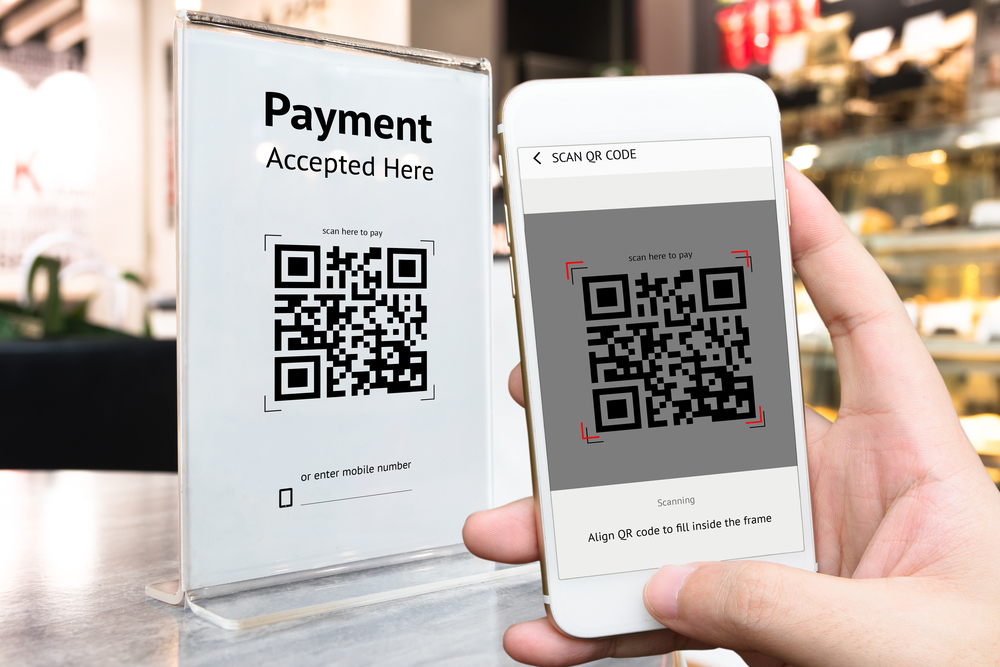QR Code Security | The Rising Threat of QR Code Phishing
Introduction
Cybersecurity is a shared responsibility. Educating ourselves is crucial to staying ahead of the threats. In the ever-expanding digital landscape, phishing remains a pervasive threat. Whether through emails, texts, or social media, it's a danger we've grown accustomed to. However, the rise of QR codes in various applications has opened up a new avenue for cybercriminals to exploit unsuspecting users.
In this article, we will discuss about QR code attack tactics, providing an overview and insights into these sophisticated techniques. Additionally, we will explore effective strategies to safeguard ourselves from such advanced attack methods.
Understanding QR Code Attacks
QR phishing is a type of trickery that uses QR codes. The attacker pretends to be someone trustworthy, sending the target a QR code and tricking them into scanning it for what seems like a good reason. The code takes the target to wherever the attacker wants, like a fake login page or a page that downloads harmful software. Be cautious!
QR code attacks go beyond the conventional phishing methods, posing significant risks to privacy, finances, and even the security of our devices. As the adoption of QR codes grows, so does the potential for malicious activities.
Real-world Samples of QR Code Phishing Emails
Example: Your MFA Expired:
Example: Malicious URL Redirection
Example: Pay a parking ticket
Risks Of QR Code Attacks
Recently, Tessian, a prominent cloud email security provider, flagged over 3,000 QR code phishing attempts in just 24 hours. This underscores the urgency of fortifying defenses against this growing threat. Examples of QR code phishing attacks range from parking meter scams to tampered codes in restaurants, highlighting the need for heightened awareness and caution.
In a world where digital threats are ever-present, staying vigilant, educating ourselves, and taking proactive measures are crucial to safeguarding against the subtle menace of QR code phishing.
Common QR Code Attack Techniques
QR phishing is a crafty form of deception where attackers, posing as legitimate entities, send targets QR codes under false pretenses. They pretend to be someone trustworthy and send out QR codes with fake reasons. When people scan these codes, they end up going to places chosen by the tricksters. These could be fake login pages or websites that have harmful software.The results of falling for this trick can be really bad. So, it's important to be careful! Always double-check before scanning QR codes from unknown sources.
Here are some of the methods they employ to deceive you:
- Malicious URL Redirection: Crafted QR codes can redirect users to malicious websites hosting malware or phishing pages.
- Information Theft: Users may unknowingly share sensitive data, such as Wi-Fi credentials or personal information.
- Code Injection: Cybercriminals embed malicious code within QR codes, exploiting vulnerabilities in scanning applications.
- Payment Fraud: Counterfeit QR codes can deceive users into making payments to the attacker's accounts instead of legitimate vendors.
Effective Tips to Combat Phishing Attacks
The rise of QR Code phishing attacks poses a significant threat to online security. To safeguard yourself from these potential threats, here are some effective tips to combat QR code phishing attacks:
- Use Trusted Scanning Apps: Stick to well-known QR code scanning apps from reliable sources.
- Regular Updates: Keep software, firmware, and security patches up to date to address known vulnerabilities.
- Visual Inspection: Before scanning, visually inspect QR codes for irregularities or modifications. Regularly update scanning apps.
- Enable Two-Factor Authentication (2FA): For payments or sensitive accounts accessed via QR codes, implement 2FA.
- Verify URLs: Check the authenticity of website URLs before proceeding, ensuring "https" and confirming the domain's legitimacy.
- Educational Awareness: Foster awareness of common QR code attack techniques among colleagues and family members.
- Report Suspicious Codes: If a QR code raises suspicion, promptly report it to relevant authorities or organizations.
Conclusion
In conclusion, fostering QR Code Security Awareness is pivotal in fortifying our organization's defenses against potential cyber threats. By consistently educating employees on the intricacies of QR code risks and emphasizing verification techniques, we empower our workforce to make informed and secure decisions when interacting with QR codes. This proactive approach ensures a heightened level of vigilance, reducing the likelihood of falling victim to malicious links, phishing attempts, or other cyberattacks exploiting QR code vulnerabilities. Through ongoing, in-depth training sessions, we cultivate a culture of heightened awareness, bolstering our overall cybersecurity resilience.






